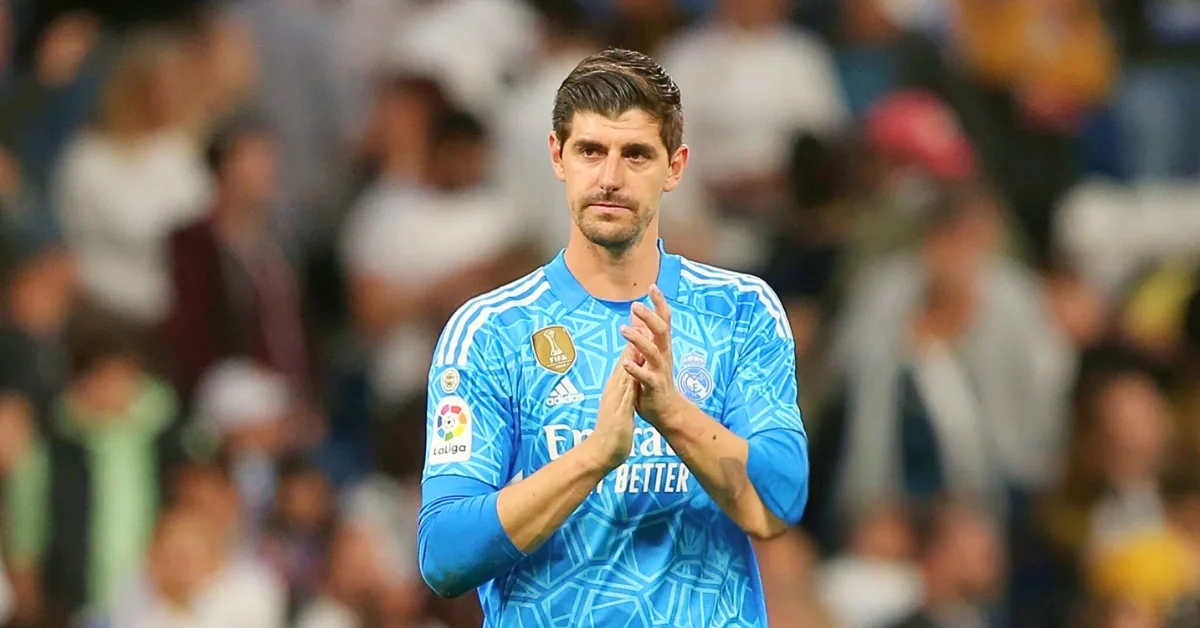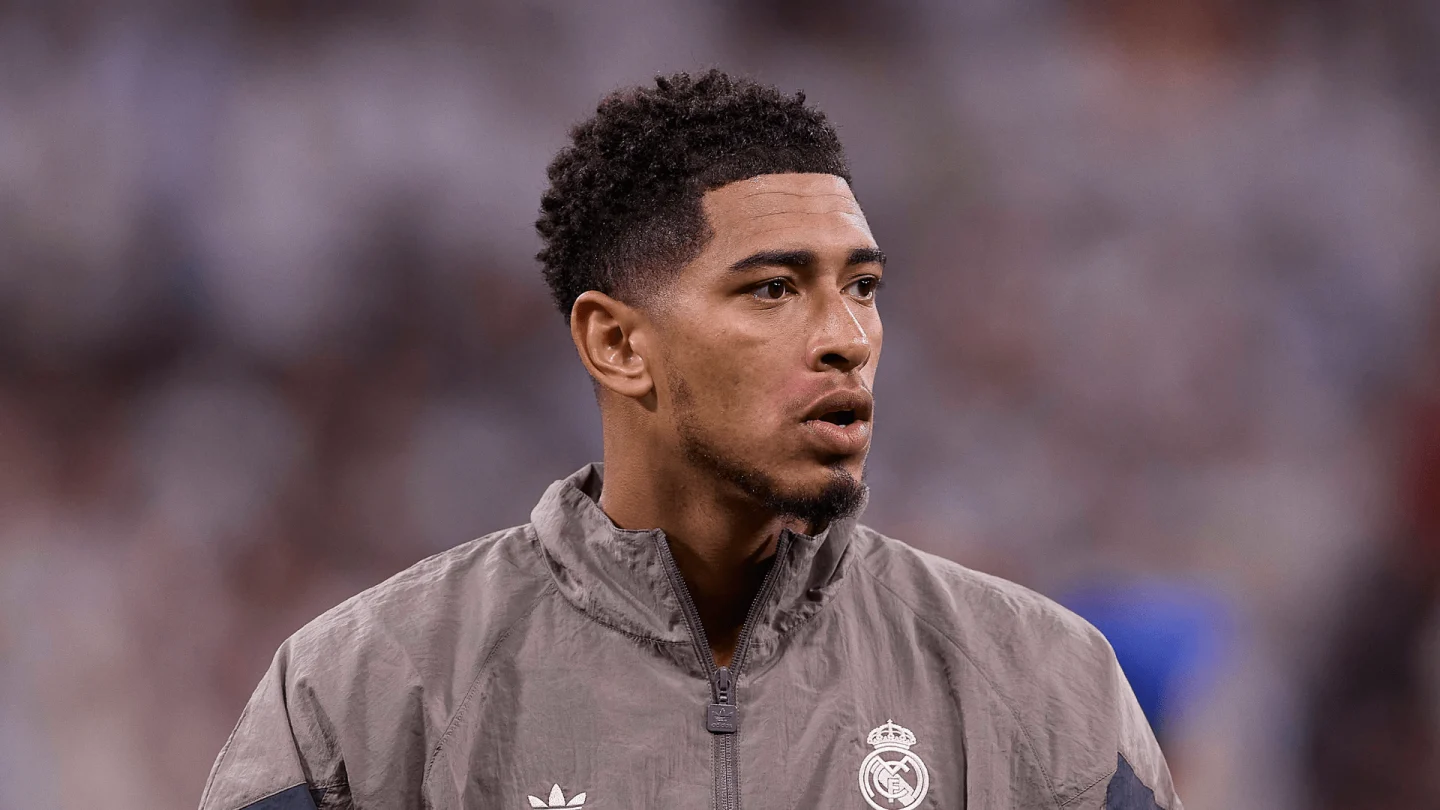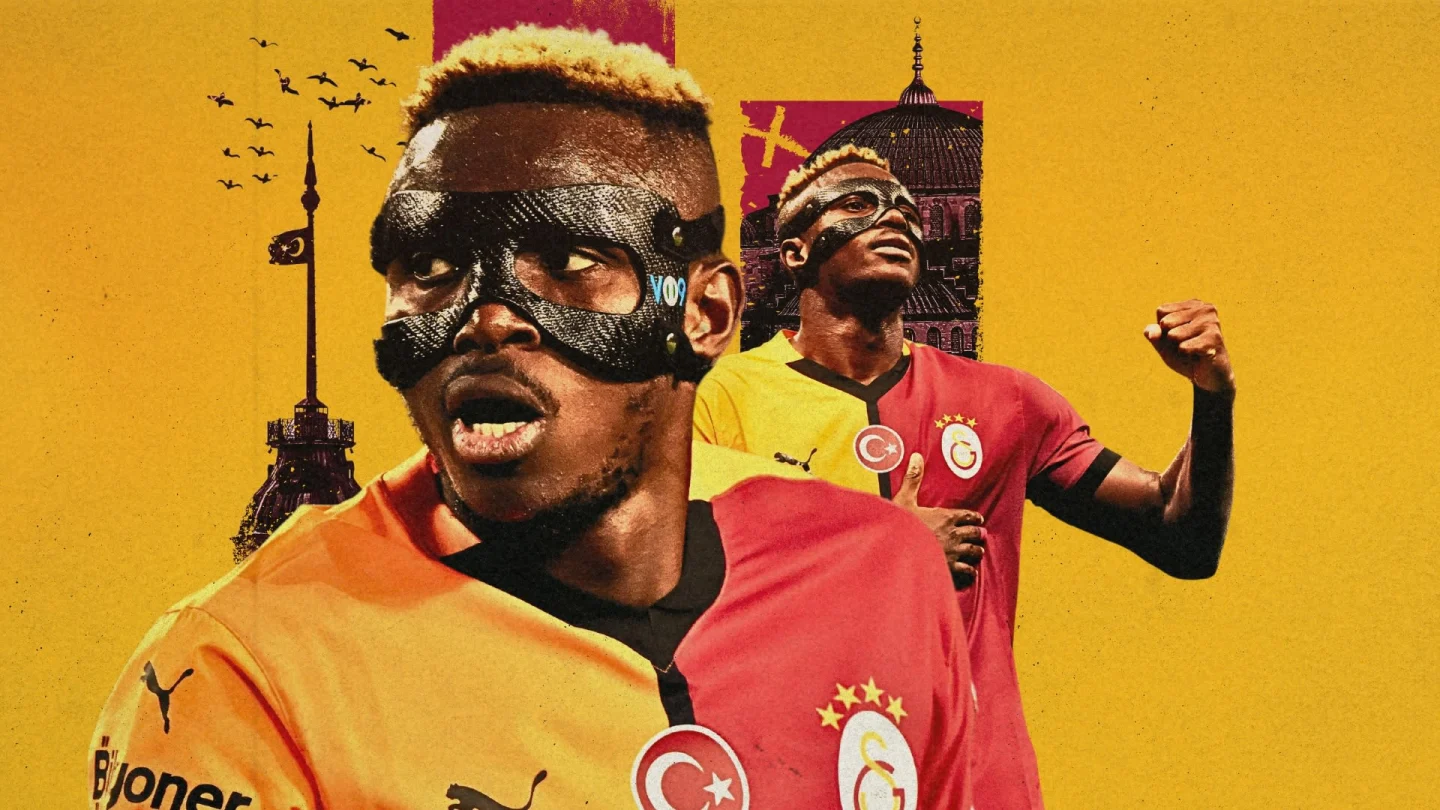Ligue 1 is France’s top professional football league, known for its exciting matches and world-class talent. Founded in 1932, it is home to some of Europe’s biggest clubs, including Paris Saint-Germain, Olympique de Marseille, and AS Monaco. The league has produced legendary players like Zinedine Zidane, Thierry Henry, and Kylian Mbappé. Ligue 1 remains a key part of European football, with millions of fans worldwide.
But how did Ligue 1 become one of the top leagues in the world? The league has undergone many changes, from humble beginnings to rising as a football powerhouse. The influence of foreign investments, major broadcasting deals, and top-level competition have shaped its history. Understanding its journey helps fans appreciate the league’s impact on football today.
Let’s explore its history.
The Evolution of Ligue 1: A Complete History of France’s Top Football League
Ligue 1 is French football’s top flight. It was established in 1932 as “National” before changing to “Division 1” the following year. It was officially named Ligue 1 in 2002. Over the decades, it has developed into one of the most competitive leagues in Europe. Ligue 1 has been instrumental in shaping modern football, featuring a blend of historic clubs, budding talents , and world stars.
The league had challenges, including World War II, when football was suspended and several clubs faced extinction. Post-war, though, Ligue 1 kicked into gear. The subsequent decades were marked by competition, with new teams emerging and legendary players leaving their imprint. French football matured and became a regular contender in European tournaments.
Olympique Lyonnais was the dominant French club in the 2000s, winning seven titles. This changed with foreign investment, notably with the Qatari ownership of Paris Saint-Germain, which added a global focus to the league. Ligue 1 continues to develop, reaping the best and creating great players.
Format of Ligue 1

Ligue 1 follows a structured format that ensures competitive balance and excitement throughout the season. The league runs from August to May, covering nearly ten months of action-packed football. A total of 18 teams compete in the league, each playing 34 matches per season. Every team faces each opponent twice, once at home and once away. This system allows for a fair and balanced competition, as every club gets an equal chance to prove its strength on home turf and in away matches. The team that accumulates the most points at the end of the season is crowned the Ligue 1 champion, earning automatic qualification for prestigious European tournaments like the UEFA Champions League.
The league operates on a standard points system many top football competitions use. A win earns a team three points; a draw gives one point, and a loss results in zero points. The league follows specific tie-breaking criteria if two or more teams finish the season with the same points. The first factor considered is goal difference, which is the number of goals scored minus the number of goals conceded. If teams remain tied, head-to-head records are used, considering results from matches played between the tied teams. These rules ensure a fair ranking system and maintain excitement until the final matchday.
One of the most thrilling aspects of Ligue 1 is its promotion and relegation system, which adds a layer of drama to the league. At the end of each season, the bottom two teams in Ligue 1 are automatically relegated to Ligue 2, France’s second-tier football division. In their place, the top two teams from Ligue 2 earn promotion to Ligue 1. Additionally, the 16th-placed team in Ligue 1 plays a playoff against the third-placed team from Ligue 2 to decide the final spot for the next season. This structure keeps clubs highly competitive, as teams must fight to avoid relegation while second-tier teams strive for promotion.
Recent years have brought significant changes to Ligue 1’s format. Ahead of the 2023–24 season, the league reduced the number of participating teams from 20 to 18. This change aims to enhance competition, reduce fixture congestion, and improve the overall quality of football in France’s top division. By having fewer teams, the league ensures that every match carries more weight, making each game crucial for title contenders, European qualification hopefuls, and relegation battlers.
Financial Landscape of Ligue 1
Ligue 1’s financial structure is built on several revenue streams that support its clubs and overall operations. One of the most significant sources of income comes from broadcasting rights. Television deals bring in millions of euros each season, with domestic and international broadcasters paying to air matches worldwide. Over the years, these deals have evolved, with significant networks competing for exclusive rights. Another key source of revenue is sponsorships. Top brands partner with clubs and the league, securing naming rights, jersey sponsorships, and stadium advertising placements. Ticket sales and merchandise also contribute, with passionate fans investing in matchday experiences and official team gear.
Despite these revenue sources, Ligue 1 faces economic challenges. A significant concern is the recent decline in media rights revenue. Failed broadcasting agreements, such as the deal’s collapse with Mediapro in 2020, caused financial instability for many clubs. Smaller teams struggle to compete financially with wealthier clubs, leading to an uneven playing field. This financial gap affects competitiveness, as clubs with limited budgets find it harder to attract top talent.
To maintain financial stability, Ligue 1 is regulated by the DNCG (Direction Nationale du Contrôle de Gestion). This independent financial watchdog oversees club budgets, ensuring that teams operate within their means. The DNCG monitors spending, prevents excessive debt, and can impose penalties on clubs that fail to meet financial requirements. Its role is crucial in maintaining the long-term health of French football.
Prominent Clubs in Ligue 1

Ligue 1 is home to several historic and successful clubs, each contributing to the league’s identity and global reputation. Paris Saint-Germain (PSG) has been the most dominant force in recent years. With numerous league titles and domestic trophies, PSG has established itself as the powerhouse of French football. The club has attracted some of the world’s biggest stars, including Lionel Messi, Neymar, and Kylian Mbappé. Its financial backing from Qatar Sports Investments has allowed it to make record-breaking signings and expand its global influence. PSG’s prominence has helped increase Ligue 1’s international appeal, making it a more competitive and widely followed league.
Olympique de Marseille is another iconic club with a rich history and a passionate fan base. As the only French club to win the UEFA Champions League in 1993, Marseille holds a special place in Ligue 1 history. The club’s supporters are known for their intense loyalty and electrifying atmosphere at the Stade Vélodrome. Despite financial struggles and periods of inconsistency, Marseille remains one of France’s most successful and widely supported clubs.
AS Monaco is a unique club in Ligue 1 due to its location in the principality of Monaco. Despite not being based in France, Monaco competes in the French league system and has a strong track record of success. The club has won multiple Ligue 1 titles and is known for developing world-class talents like Kylian Mbappé and Thierry Henry. Monaco’s financial model relies on scouting and selling young stars, making it a respected talent hub in European football.
Other notable clubs include Olympique Lyonnais and Lille OSC. Lyon dominated the league in the 2000s, winning seven consecutive Ligue 1 titles and producing top players like Karim Benzema. On the other hand, Lille has been a strong competitor in recent years, winning the league title in 2020–21 by defeating PSG in a thrilling season. These clubs and many others continue to shape the league’s competitive landscape and rich footballing culture.
Previous Winners and Historical Success

Ligue 1 has a rich history of champions, with several clubs establishing dominance over different eras. The record for the most league titles belongs to Paris Saint-Germain and AS Saint-Étienne, securing ten championships. Saint-Étienne was a powerhouse in the 1960s and 1970s, winning multiple titles and making a strong impact in European competitions. However, PSG has been the most dominant club in recent years, winning several titles since the 2010s, primarily due to its strong financial backing and world-class squad.
Olympique de Marseille, another historic club, has won nine Ligue 1 titles, with their last triumph coming in 2010. Marseille remains the only French club to have won the UEFA Champions League, further cementing its legacy in French football. Olympique Lyonnais also enjoyed a golden era in the 2000s, winning seven consecutive league titles from 2002 to 2008, a record unmatched in Ligue 1 history.
PSG has maintained its dominance in recent years, winning most of the league titles in the past decade. However, clubs like Lille and AS Monaco have managed to break PSG’s streak, winning the league in 2020–21 and 2016–17, respectively. Lille’s triumph was particularly impressive, as they managed to outplay PSG despite having a much smaller budget. Monaco’s title win was fueled by a young, talented squad, including Kylian Mbappé, who later became one of the best players in the world.
The competition for the Ligue 1 title continues to be fierce, with more clubs aiming to challenge PSG’s dominance. As the league grows in popularity and financial strength, the battle for future championships promises to be even more exciting.
Records and Statistics
Ligue 1 has seen some of the greatest players and teams set impressive records. Regarding individual achievements, Delio Onnis holds the record for the most goals in Ligue 1 history. The Argentine striker scored 299 goals while playing for clubs like Monaco and Reims. Among active players, Edinson Cavani and Kylian Mbappé have been among the top goal-scorers in recent years.
In terms of appearances, Mickaël Landreau leads the way. The former goalkeeper played 618 matches in the league, representing clubs like Nantes, Paris Saint-Germain, and Lille. His consistency and longevity made him one of the most respected players in French football history.
The teams also set remarkable records in Ligue 1. Paris Saint-Germain holds the record for the most points in a single season. In the 2015–16 campaign, they secured 96 points, showcasing their dominance. PSG also set a record for the longest unbeaten run in Ligue 1 history, going 36 games without a loss between 2015 and 2016.
Other clubs have also had impressive winning streaks. Olympique Lyonnais’ dominance in the 2000s saw them win seven consecutive league titles, a feat unmatched by any other team. Meanwhile, Nantes set the record for the longest unbeaten home run, staying undefeated at home for 92 straight matches between 1976 and 1981.
These records highlight the talent and competitiveness that define Ligue 1. With each season, new players and clubs have the opportunity to make history by breaking past records.
Media Coverage and Broadcasting

Ligue 1 enjoys extensive media coverage, making it accessible to millions of fans worldwide. In France, domestic broadcasting rights are crucial for the league’s visibility and financial health. Over the years, significant networks like Canal+ and Amazon Prime Video have secured exclusive rights to air matches. These broadcasters provide in-depth coverage, including live matches, expert analysis, and behind-the-scenes content. The revenue generated from these deals plays a key role in supporting the clubs and enhancing the league’s competitiveness.
Internationally, Ligue 1 has expanded its reach across various continents. The league is available in multiple countries through partnerships with major sports networks like beIN Sports, ESPN, and Sky Sports. This global presence allows fans from Europe, Asia, Africa, and the Americas to follow their favorite teams and players. The rise of digital streaming platforms has also boosted viewership, making it easier for audiences to watch matches on demand.
Ligue 1 has explored strategies to attract international fans and further grow its global appeal. Initiatives such as preseason tours and exhibition matches in countries like China and the United States have helped promote French football. In recent years, the presence of world-class players like Lionel Messi, Neymar, and Kylian Mbappé has drawn more global attention to the league.
By strengthening its media partnerships and expanding its international presence, Ligue 1 aims to remain one of the most-watched football leagues in the world.
Awards and Honors

Ligue 1 celebrates the achievements of its teams and players with prestigious awards and trophies. The most important prize in the league is L’Hexagoal, the official trophy awarded to the season’s champion. Introduced in 2007, this silver trophy symbolizes excellence and is lifted by the winning team at the end of each season. Before L’Hexagoal, different designs were used, but this modern version has become an iconic part of French football.
Apart from team honors, Ligue 1 also recognizes outstanding individual performances. The Player of the Month award highlights the best players in the league each month based on their contributions. At the end of the season, the Player of the Year award is given to the most exceptional footballer. Past winners of this award include legendary players who have left a lasting impact on the league.
Young talents also receive special recognition. The Young Player of the Year award is given to the best-emerging star under 21. Many footballers who won this award went on to become global superstars. These honors motivate players to perform at their best and contribute to the league’s competitive spirit.
Future Prospects of Ligue 1
Ligue 1 is taking steps to grow its reputation and compete with other top European leagues. One of its main goals is to increase its global profile by expanding international broadcasting deals and attracting a more extensive fan base outside France. The league also wants to bring in and keep top talent by improving financial stability and making French football a more attractive destination for world-class players. Investment in youth development is another key focus, ensuring that homegrown talent continues to shine on the big stage.
However, there are challenges ahead. Financial disparities between clubs remain a significant issue, with some teams having significantly more resources than others. This affects competitiveness and the league’s overall quality. Additionally, changes in sports broadcasting and shifting viewer habits present a challenge in securing lucrative media rights deals. Ligue 1 must adapt to new digital platforms and innovative broadcasting methods to stay relevant in the evolving football landscape.
Ligue 1: A League in Progress
Ligue 1 is a historic and fundamental part of European football. From its initial years to its contemporary period, the league has seen the emergence of legendary players, heated rivalries, and seminal moments. Paris Saint-Germain, Olympique de Marseille, and AS Monaco have dominated the competition, each club vying for national and continental glory.
Ligue 1 is progressing despite economic problems and increasing rivalry from other leagues. Its future will depend heavily on its efforts to increase its international exposure, enhance financial sustainability, and attract the right people. Suppose they can maintain strong leadership with a clear vision for innovative broadcasting strategies while pulling those down the totem pole into position. In that case, the league is only going to get stronger.
This can continue as a viable avenue for Ligue 1, but only if the league finds an appropriate balance between an established tradition and modernity. If it can overcome these obstacles, it will continue to be one of the world’s most thrilling and competitive leagues, engaging fans for decades to follow.
Read more:
Cristiano Ronaldo at 40: A Football Legend with Billion-Dollar Ambitions
Marcelo Hangs Up His Boots at 36 – One of Football’s Greatest Left-Backs
Kaoru Mitoma Transfer: Brighton Reject £54.4M Al-Nassr Bid | Latest News & Updates











